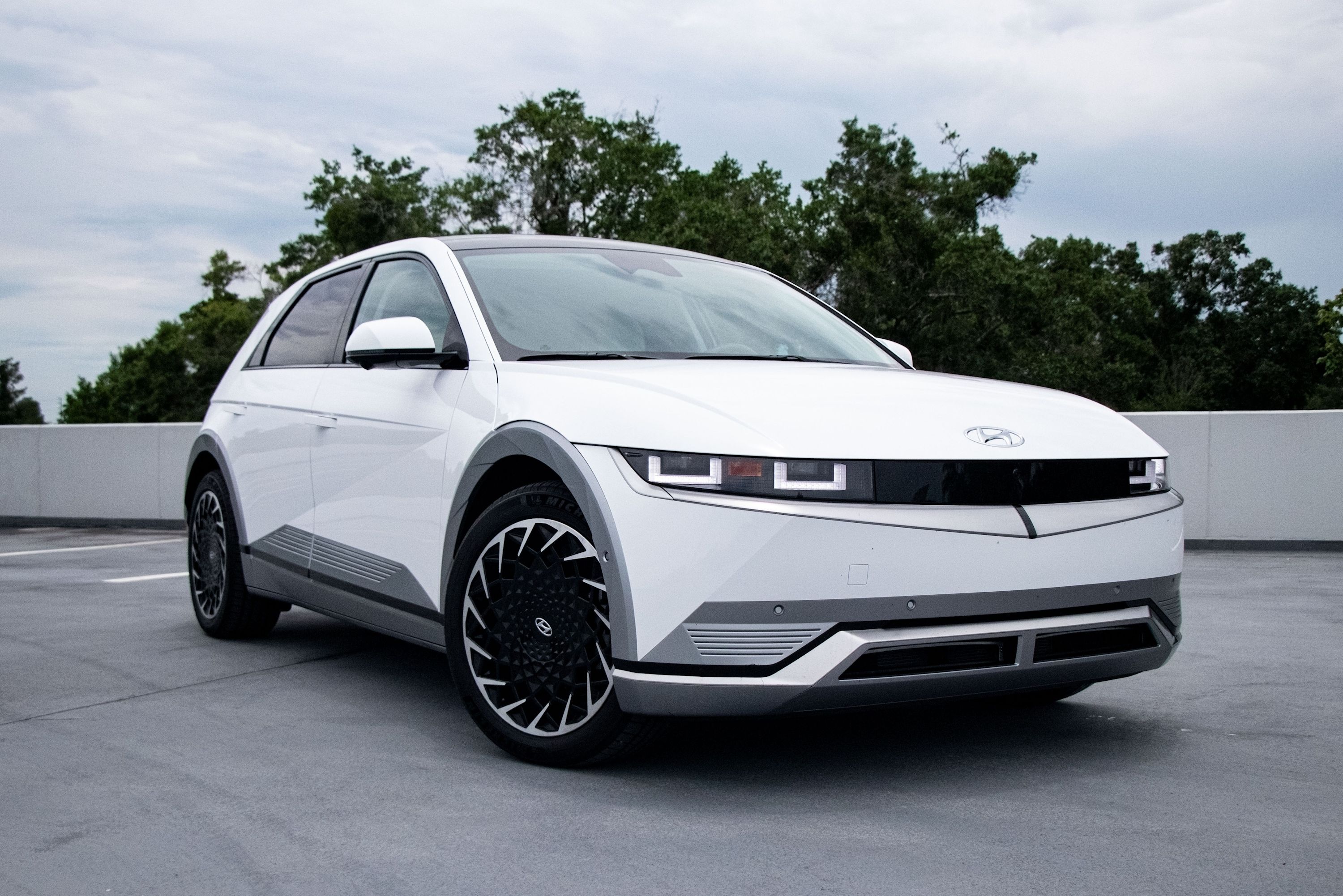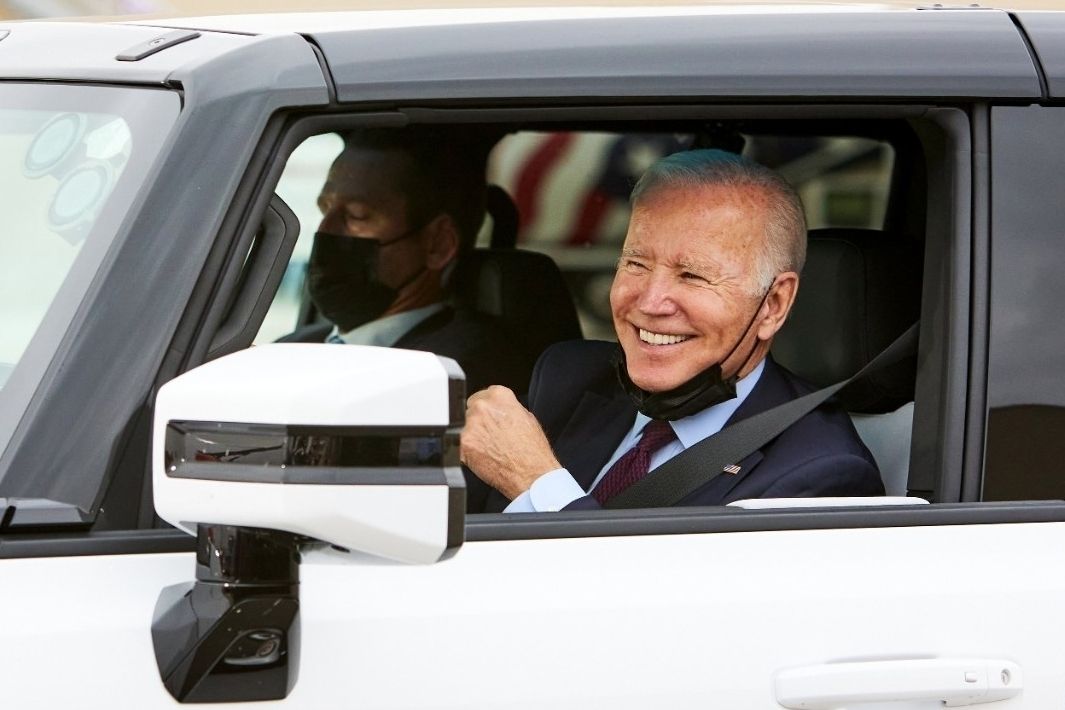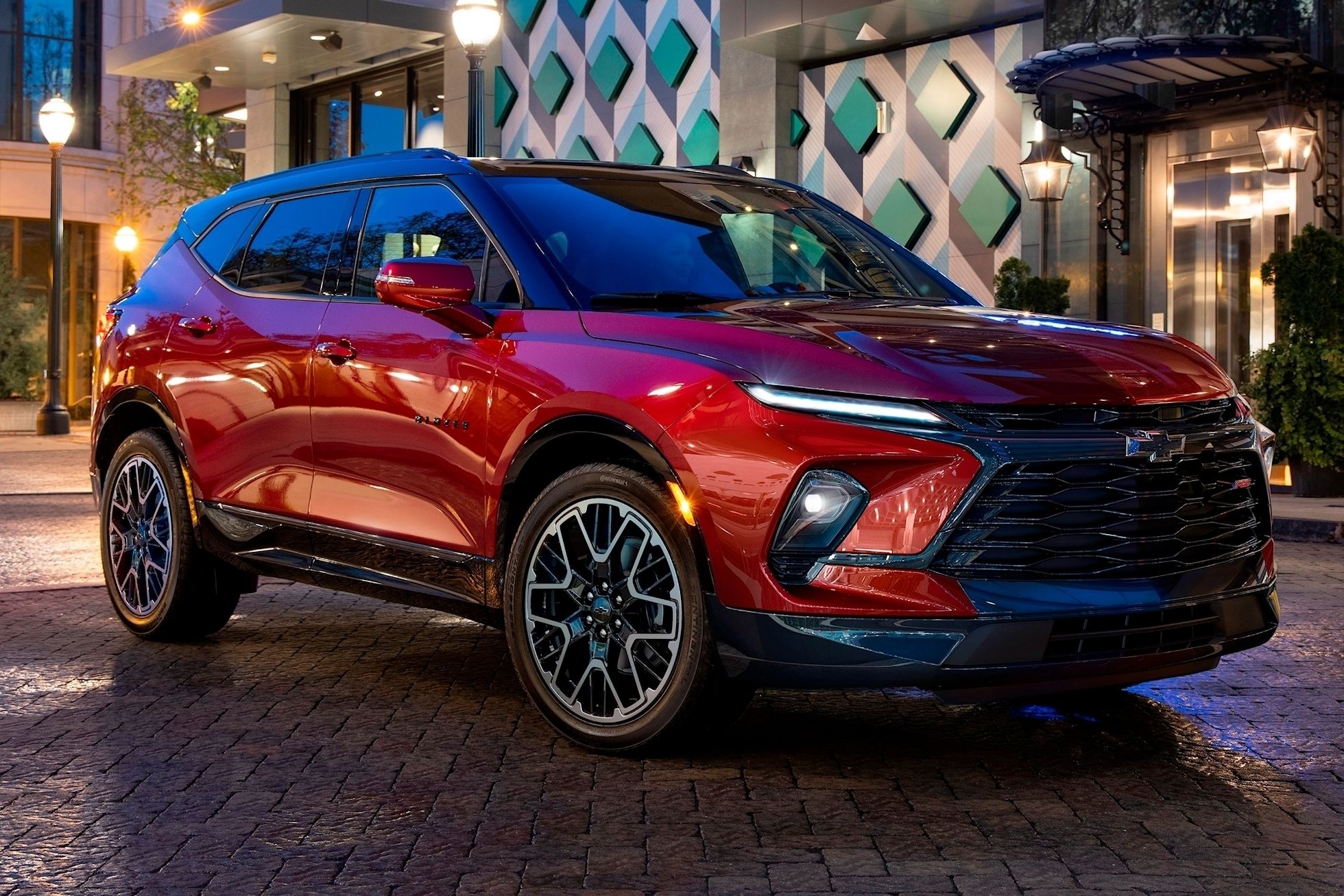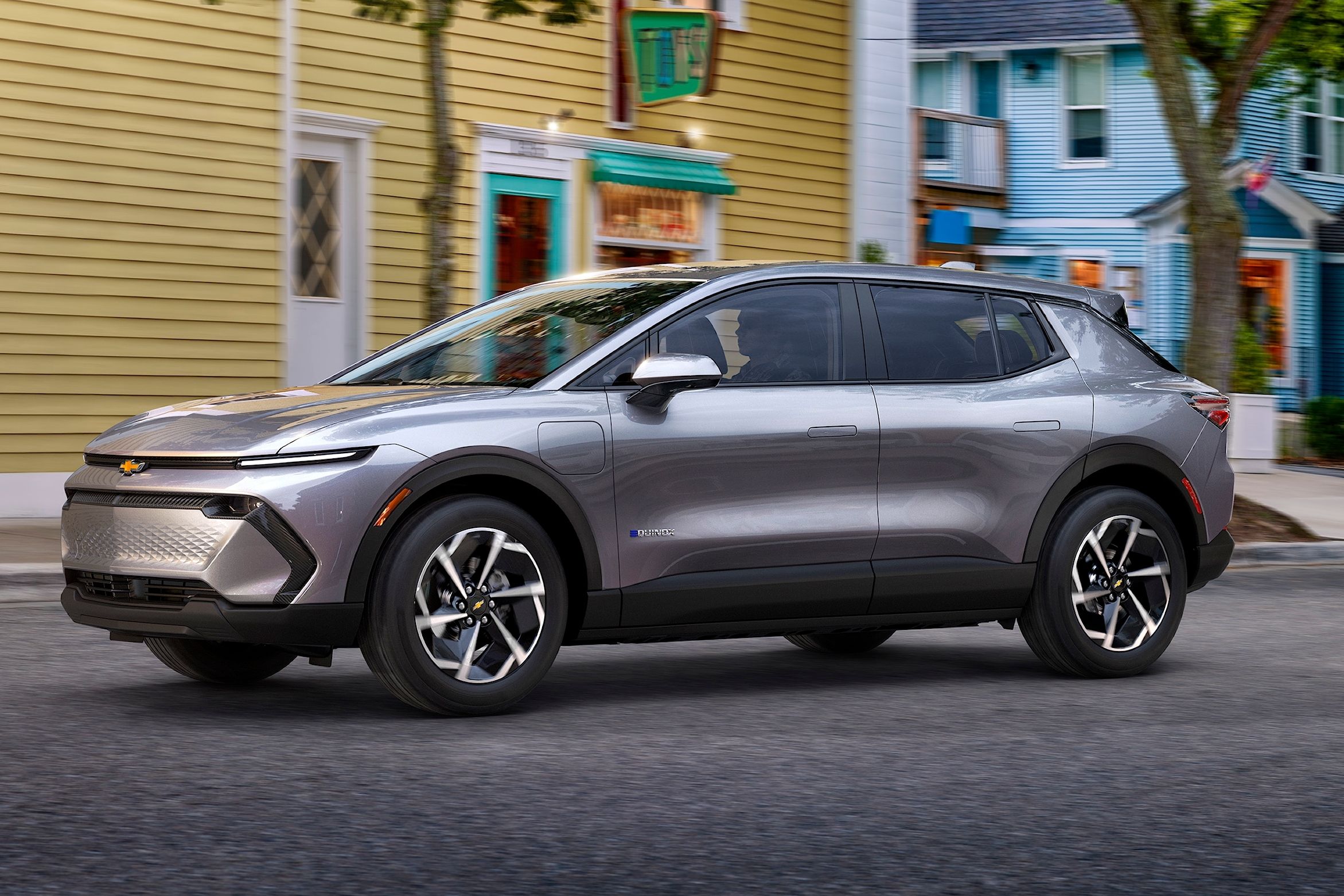
The government's Inflation Reduction Act has come under severe scrutiny since it was signed into law by President Biden a month ago. A large population is not amused that their tax dollars will be used to give tax breaks to buyers of new and used EV buyers, and that's a valid argument against the legislation.
The document is more than 700 pages long, however. It's about far more than just tax breaks and pushing electrification. One of the main aims is to reduce America's reliance on Chinese-built lithium-ion batteries. It's estimated that China's share of this market is 80%, and the Biden administration wants to reduce that figure by forcing manufacturers to produce locally.
South Korea, Germany, and Japan have already lashed out at the US Government. The Germans and the Koreans publicly stated that they were not amused, while Japan went a step further. Japan's Industry Minister, Yasutoshi Nishimura, accused the US of breaking World Trade Organization agreements. It makes sense that South Korea would be angry. As brilliant as the Hyundai Ioniq 5 is, we have no doubt that shoppers will look elsewhere if the tax cut no longer applies to it.
While all of this has been happening, we've seen a dramatic increase in companies announcing massive investments in the USA. The latest is GM, which recently announced that it will be investing $491 million at its Marion, Indiana, metal stamping operations to prepare the facility to produce a variety of steel and aluminum stamped parts for future products. Naturally, this includes EVs. Local manufacturing is the key to unlocking the $7,500 EV tax credit that will now be applicable for the next decade.
"While this investment prepares the facility for our all-electric future, it's really an investment in our talented Marion team and will keep the plant working for many years to come," said Gerald Johnson, GM executive vice president of Global Manufacturing and Sustainability. "This investment is another example of the company bringing everyone along and investing in the people who make manufacturing a competitive advantage for GM."
"Indiana is the number one ranked manufacturing production state in America per capita and ranks in the top three for automotive vehicles," said Indiana Governor Eric J. Holcomb. "It's exactly because of investments like GM's in advanced technology and future-focused solutions that will ensure Indiana will continue to be a leader in tomorrow's manufacturing, making the products that power and redefine mobility the world over."
Other huge investments include Hyundai's new EV and battery factory in Georgia. The $5.54 billion factory was initially scheduled to go online by 2025, but that timeline has been moved forward due to the act.
Honda and LG Energy Solutions are teaming up to build a $4.4 billion battery plant in the US, and Panasonic will be building the world's largest battery factory in Kansas. The new plant is expected to create 4,000 new jobs. These are just three more examples of investments being made locally.
GM's investment and job creation starkly contrast with the situation it found itself in four years ago. As part of a cost-saving plan, GM wanted to cut 8,000-54,000 salaried workers in the US. President Trump went on a Twitter rampage, and GM eventually cut 4,000 workers anyway. Now, more jobs are being created, and that can only be a good thing.




